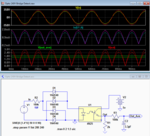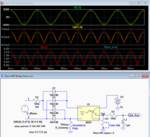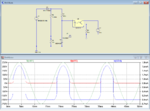Akanimo
Advanced Member level 3

Hi all,
I desire to measure mains voltage of 230Vac 50Hz as a means of protecting a pump from running at certain low voltages. I have been canvassing for a suitable way I can go about it in a way that I have galvanic isolation of the mains from my control system at a very low cost. I stumbled into this transformer by TDK Corporation:ATB322524-0110 and it is very cheap.
Below is the URL to its datasheet.
**broken link removed**
I intend to reduce the mains voltage by resistor voltage-divider network though.
Do you think this transformer suitable for the purpose? Do you think I should use some other isolation component instead?
--Akanimo.
I desire to measure mains voltage of 230Vac 50Hz as a means of protecting a pump from running at certain low voltages. I have been canvassing for a suitable way I can go about it in a way that I have galvanic isolation of the mains from my control system at a very low cost. I stumbled into this transformer by TDK Corporation:ATB322524-0110 and it is very cheap.
Below is the URL to its datasheet.
**broken link removed**
I intend to reduce the mains voltage by resistor voltage-divider network though.
Do you think this transformer suitable for the purpose? Do you think I should use some other isolation component instead?
--Akanimo.







